Drone Vs. Ladder Roof Inspections: Which Is Better For Your Safety (And Wallet)
September 22, 2025
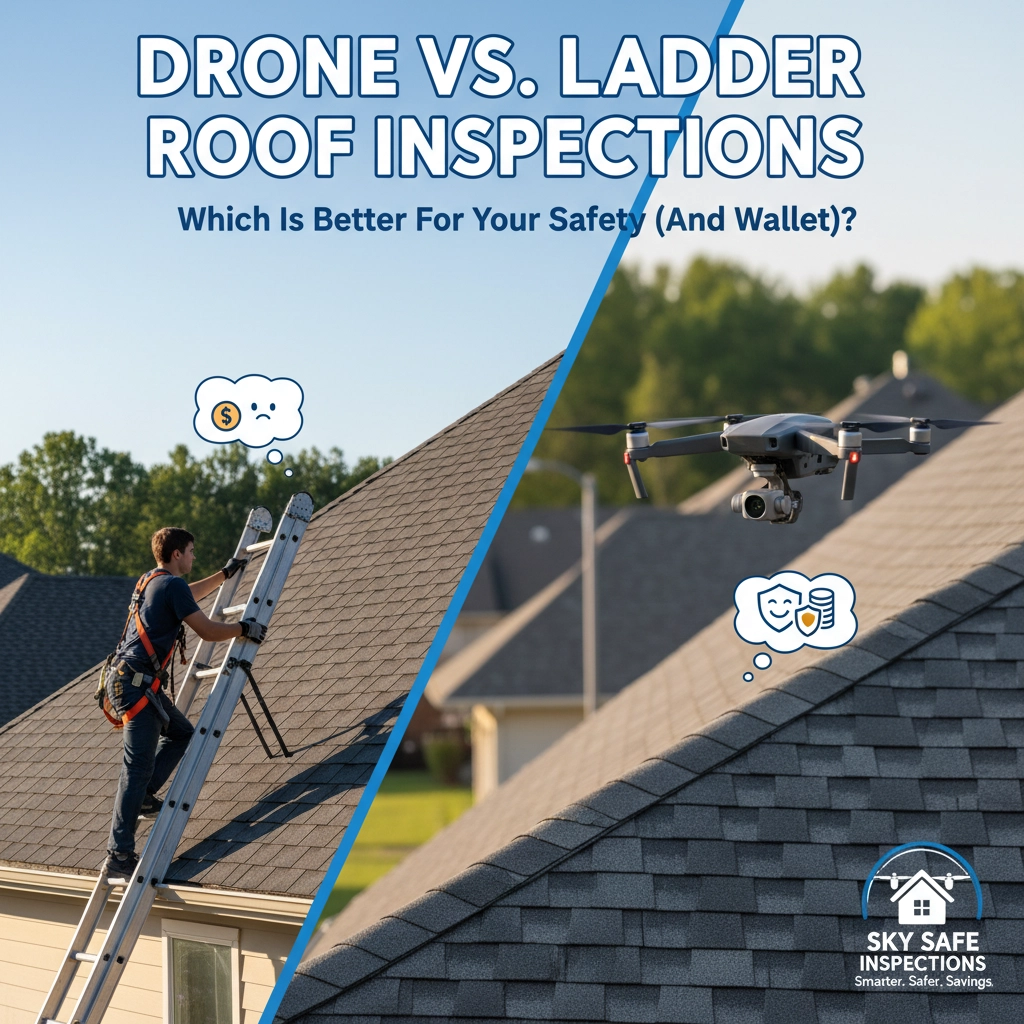
When choosing between drone technology and traditional ladder methods for roof inspections, the decision impacts both safety outcomes and financial costs. Modern drone systems address fundamental limitations of conventional inspection approaches while delivering superior data collection capabilities.
Safety Risk Analysis
Traditional ladder-based inspections present significant hazards. Fall injuries occur frequently during roof access, with steep pitches and compromised materials increasing risk factors. Weather conditions, equipment failures, and human error contribute to accident potential.
Drone operations eliminate physical risk exposure. Inspectors remain ground-based throughout the process. No ladder positioning, roof climbing, or elevated work platforms are required. Risk assessment focuses on equipment management rather than personal safety concerns.
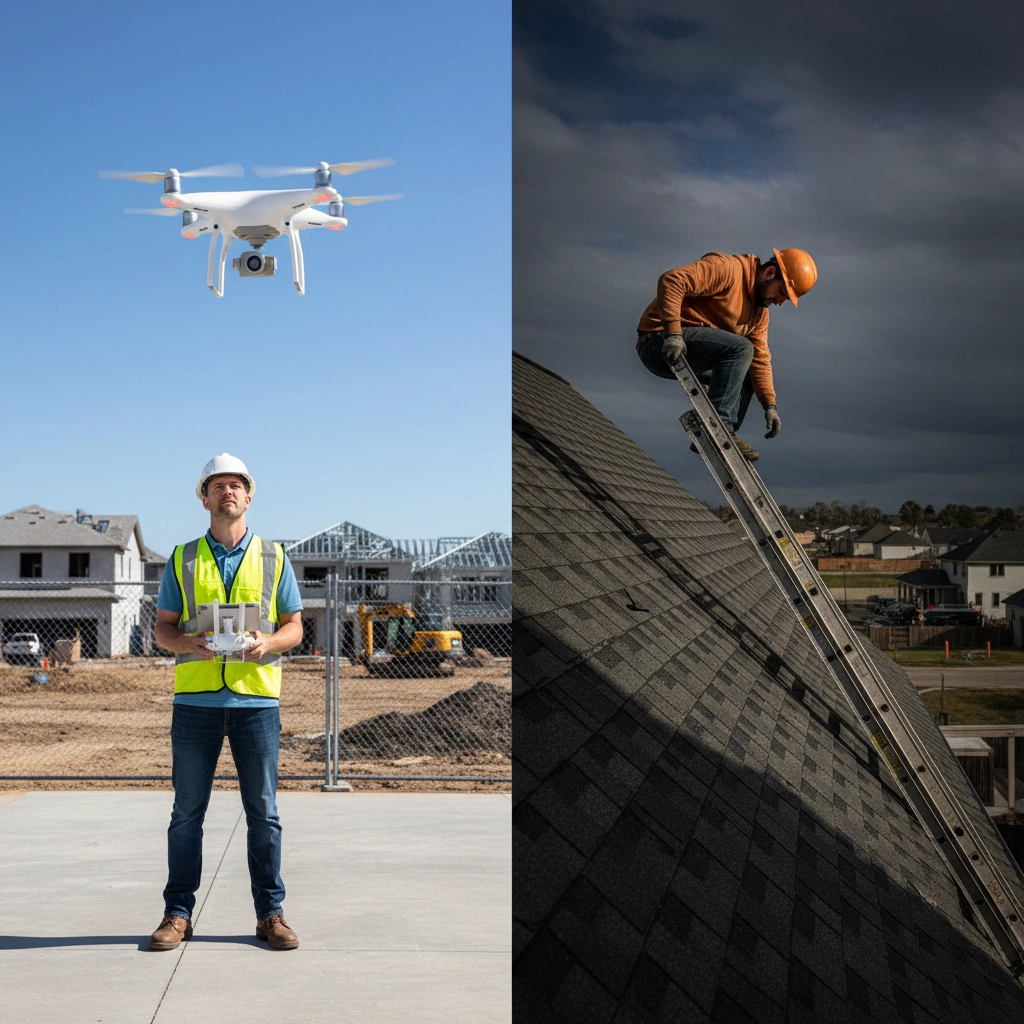
Cost Structure Comparison
Drone Inspection Economics
Drone inspections require single operator deployment. Equipment costs include the aircraft, camera systems, and data processing software. Operating expenses remain minimal after initial investment. Inspection completion occurs within 30-60 minutes for most properties.
Labor efficiency translates to revenue optimization. Multiple inspections can be completed daily. Travel time between locations becomes the primary scheduling constraint rather than individual job duration.
Traditional Method Expenses
Ladder inspections demand multiple personnel for safety compliance. Equipment rental fees include scaffolding, safety harnesses, and fall protection systems for complex structures. Worker compensation insurance rates reflect elevated risk classifications.
Time requirements extend significantly. Setup and breakdown procedures consume substantial portions of billable hours. Weather delays create scheduling complications and revenue gaps.
Operational Efficiency Metrics
Data Collection Speed
Drone systems capture comprehensive imagery within 30-60 minutes. High-resolution cameras document entire roof surfaces from multiple angles. Flight path planning ensures complete coverage without gaps or missed sections.
Traditional methods require hours for equivalent documentation. Physical movement limitations restrict viewing angles. Access barriers prevent examination of certain roof areas.
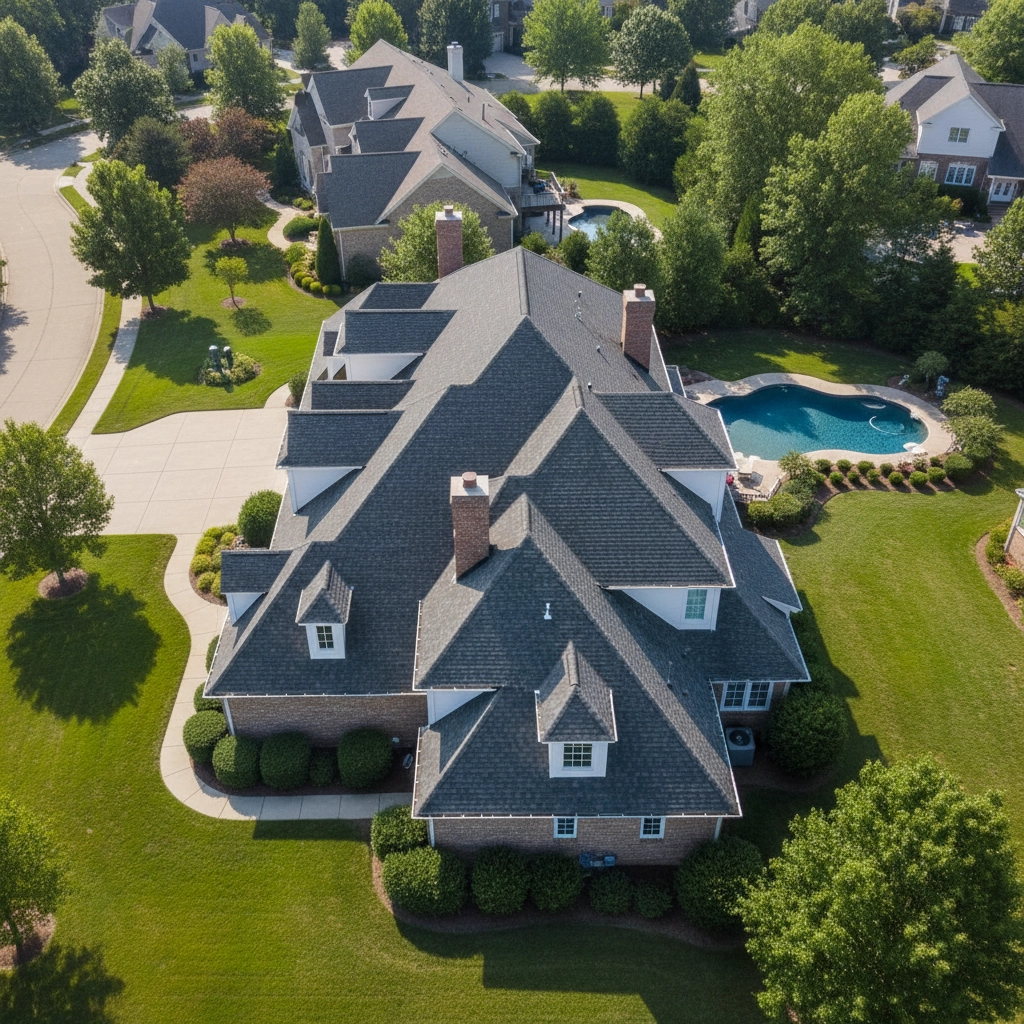
Coverage Quality
Drone cameras provide detailed imagery of hard-to-reach locations. Steep slopes, high elevations, and dangerous structural conditions become accessible without safety compromises. Image resolution identifies minor damage indicators invisible to ground-based observation.
Ladder inspections offer tactile assessment capabilities. Direct material contact enables texture evaluation and stability testing. Close-up examination reveals detail levels not captured through remote imaging.
Financial Impact Assessment
Direct Cost Analysis
| Cost Factor | Drone Method | Ladder Method |
|---|---|---|
| Personnel | Single operator | Multiple workers |
| Equipment | Aircraft, cameras | Ladders, scaffolding, safety gear |
| Time Duration | 30-60 minutes | 2-6 hours |
| Insurance | Standard coverage | High-risk premiums |
| Setup Requirements | Minimal | Extensive |
Revenue Generation Potential
Drone operations enable higher daily inspection volumes. Reduced travel time between jobs increases billable hours. Lower operational costs improve profit margins per inspection.
Traditional methods limit daily capacity through time constraints. Equipment transportation and setup requirements reduce revenue-generating opportunities. Higher insurance and labor costs decrease profitability.
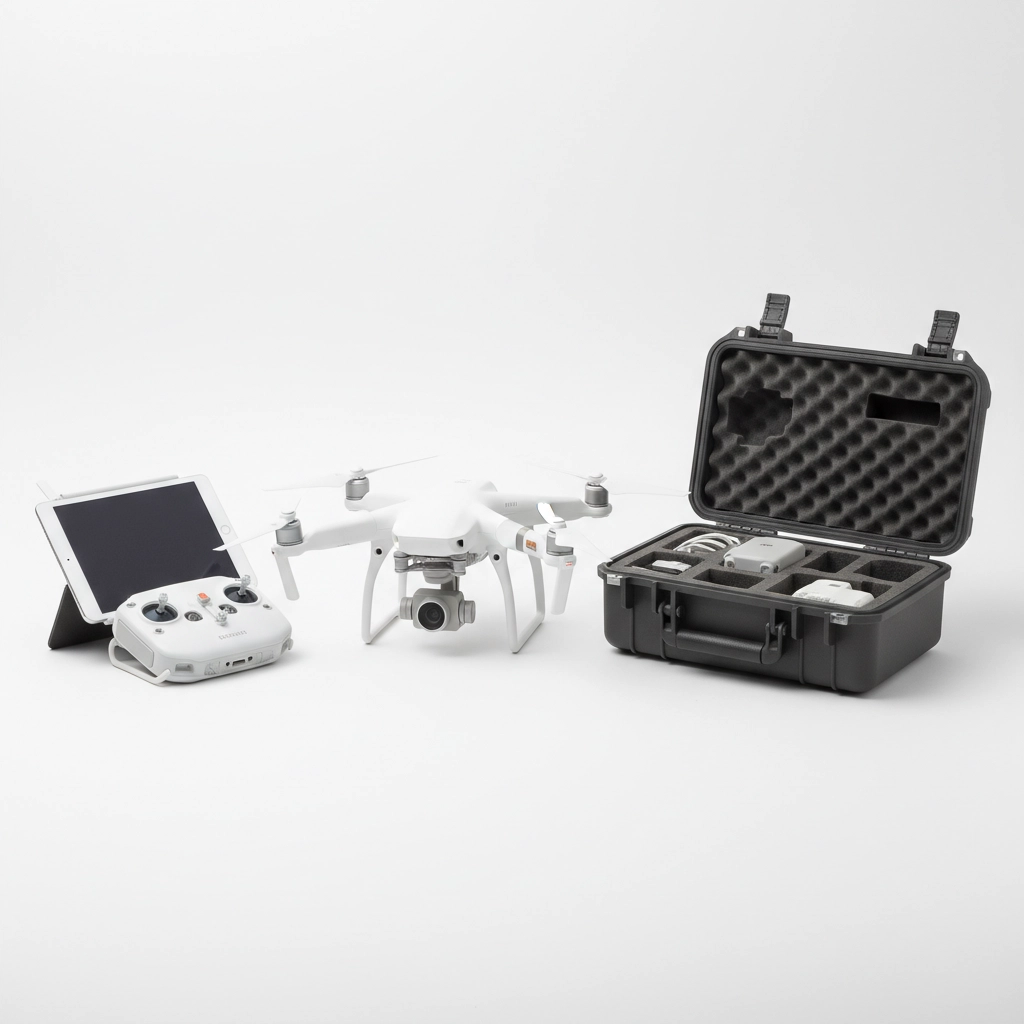
Technology Capabilities
Drone Advantages
Modern drones utilize advanced camera systems with zoom capabilities exceeding human vision limits. GPS positioning enables precise flight patterns and repeatable inspection routes. Data storage systems preserve inspection records for comparison analysis.
Thermal imaging attachments identify moisture infiltration and energy loss patterns. These capabilities extend beyond visual inspection scope to diagnostic analysis levels.
Traditional Assessment Benefits
Physical roof access allows material hardness testing and structural stability evaluation. Inspectors can manipulate loose components to assess attachment integrity. Direct measurement of gaps, cracks, and wear patterns provides precise documentation.
Immediate repair capability exists during inspection processes. Minor adjustments and temporary fixes can be completed without additional site visits.
Weather Impact Considerations
Drone operations face wind speed limitations and precipitation restrictions. Flight safety requires clear visibility and stable atmospheric conditions. Weather monitoring determines operational feasibility for scheduled inspections.
Traditional methods encounter similar limitations but maintain some operational flexibility during marginal conditions. Physical access remains possible when drone flight becomes unsafe.
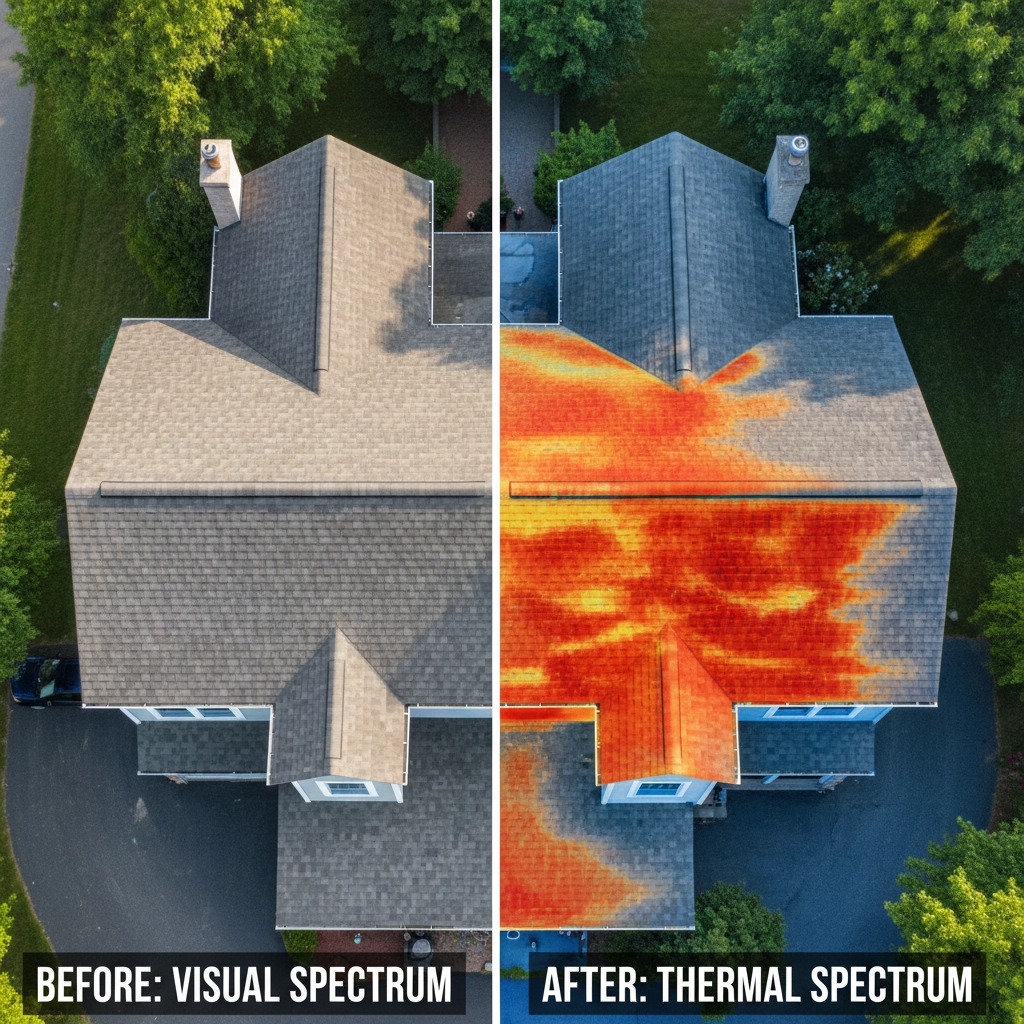
Regulatory Requirements
Drone operators must maintain FAA certification and comply with airspace regulations. Flight restrictions near airports and in controlled airspace affect service availability. Privacy considerations require careful flight path planning around neighboring properties.
Traditional inspections face minimal regulatory constraints beyond standard safety requirements and building code compliance.
Application Scenarios
Optimal Drone Use Cases
- Steep roof configurations exceeding safe ladder access
- Large commercial properties requiring comprehensive coverage
- Insurance documentation requiring detailed photographic evidence
- Regular maintenance inspections on multi-building properties
- Hazardous material presence (asbestos, structural damage)
Traditional Method Applications
- Small residential properties with easy access
- Detailed material assessment requiring physical examination
- Immediate repair needs during inspection
- Properties in drone-restricted airspace
- Client requirements for tactile evaluation
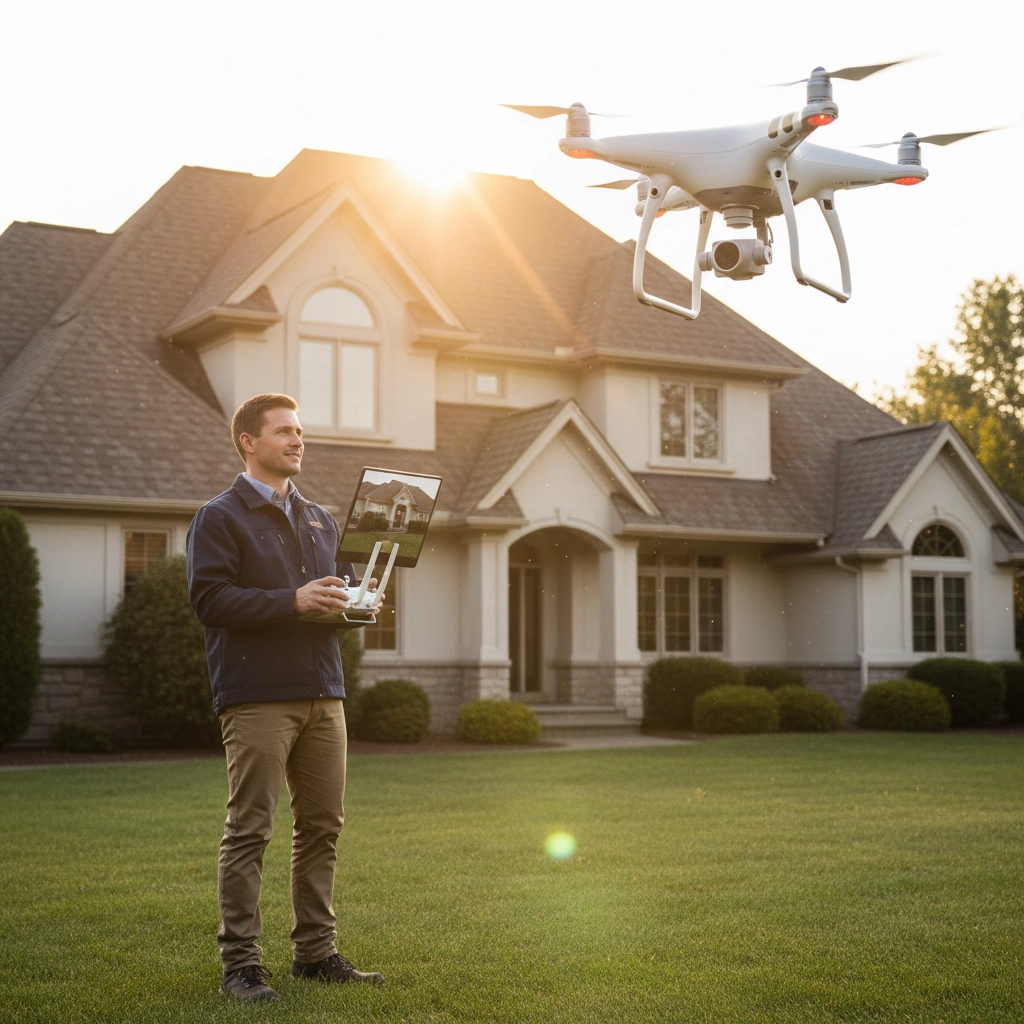
Implementation Recommendations
Cost-benefit analysis favors drone implementation for most inspection scenarios. Safety risk elimination justifies technology adoption regardless of cost considerations. Operational efficiency improvements deliver quantifiable financial returns.
Property owners should prioritize inspection methods based on safety requirements rather than cost minimization alone. The financial impact of accident-related expenses exceeds any cost savings from traditional methods.
Inspection service providers can optimize revenue through drone technology investment. Higher daily inspection volumes and reduced liability exposure improve business sustainability.
Getting Started with Professional Drone Inspections
SkySure Inspections provides comprehensive drone roof assessment services with certified operators and advanced imaging systems. Our reports include high-resolution photography, damage identification, and maintenance recommendations delivered within 24 hours.

